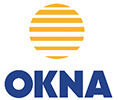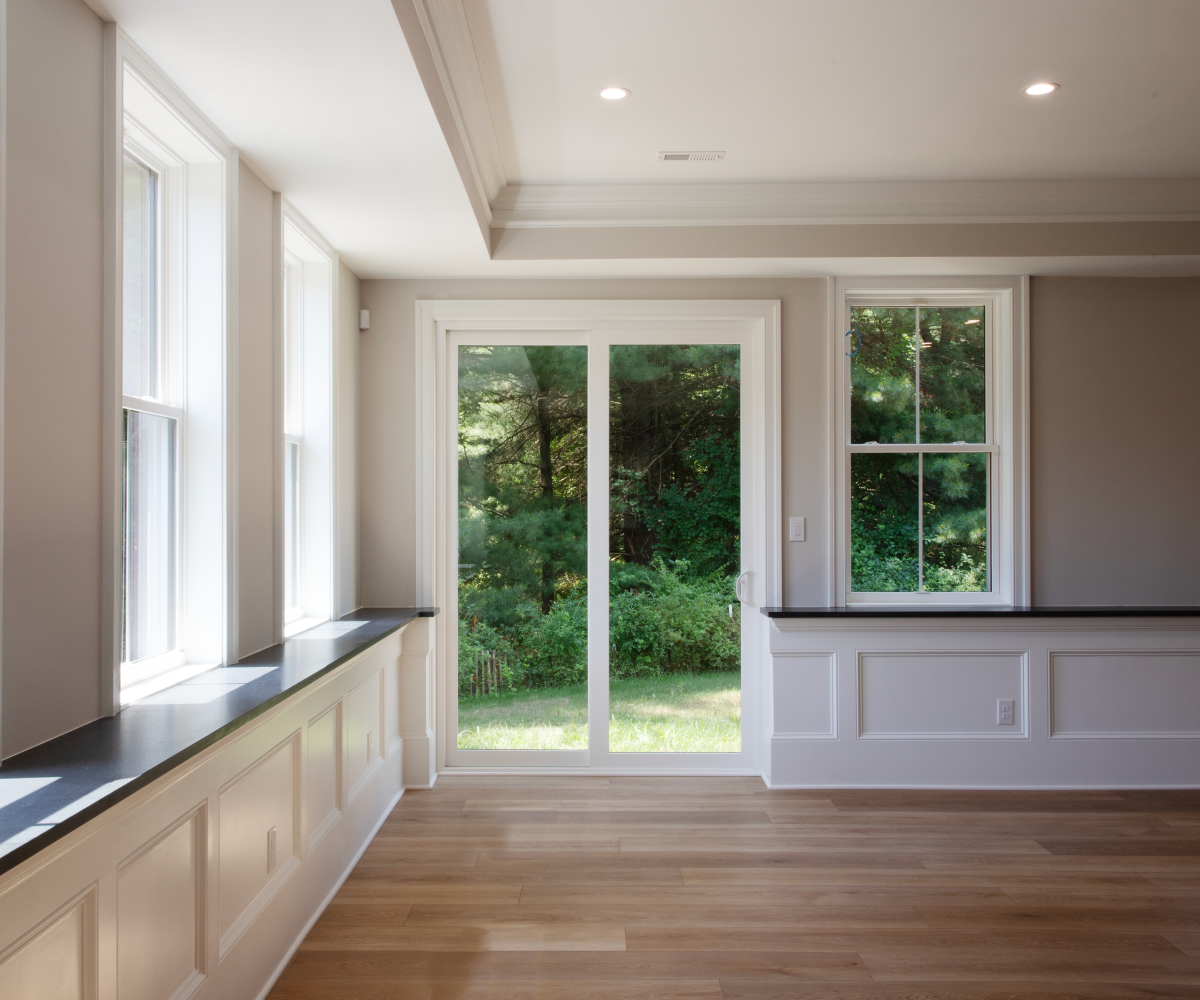If you’re in the market for replacement windows in Milwaukee, you’ve probably heard the term energy efficiency thrown around. You might even understand energy efficiency when it comes to other household elements, like light fixtures or washer and dryer units. But what exactly does energy efficiency mean when it comes to your windows? After all, seemingly windows don’t use your home’s energy. However, your home’s energy can be greatly affected by your windows.
Air Seal and Heat Loss
Air Leakage and Heat Loss through the Windows play a big role in the insulation of your home, particularly in winter. Heat can escape through the glass of the window, as well as through operating panels surrounding the window, causing drafts in your home and higher HVAC bills, as your HVAC system works harder to heat your home. The more energy efficient a window is, the less heat loss your home will have, and therefore the less energy you will use. The air leakage is measured in cubic feet of air per minute (CFM). Most windows that are considered energy efficient have a CFM rating of .2 or lower. The lowest air loss you can possibly have is .01, because 0 CFM can’t be measured. Fortunately, the top lines of energy efficient windows sold at Homesealed Exteriors have a rating of .01.
Light
This next part of energy efficient windows comes in handy during the summer, although it can be useful on sunny winter days. The better your windows light your home, the less you have to rely on electric lighting during the day. You can add more natural lighting to your home by installing replacement windows with solar glass, installing larger window styles like bay, bow, or casement, or in the way the windows are placed. For instance, awning windows placed high on the wall allow sunlight to flood down into the room, effectively “daylighting” a room. Much of this also depends on the position of the room and any obstructions in the view.
Spotting an Energy Efficient Window
The Air Leakage CFM rating is one great way to judge the energy efficiency of a window. Another way to tell, is by looking at the NFRC label. The National Fenestration Rating Council tests based on four key factors:
- U-Factor. U-Factor rates the windows ability to keep heat in the home and usually falls between 2.0 and 1.0. The lower the rating, the better it keeps heat in.
- SHGC. Expressed between .1 and .4, Solar Heat Gain Coefficient, measures the windows ability to keep heat out during the summer, but also during winter. Due to our variable climate here in Milwaukee and Waukesha, we like this number to be moderate, something like .25 +/-.
- Visible Transmittance. VT judges the windows ability to let light in. Rated between 0 and 1, the higher the rating, the more light the windows let through.
- Air Leakage. AL runs between .30 and .01, determining the window’s ability to keep air out. The lower the number, the less air gets in. It’s an optional rating and many windows NFRC stickers won’t include this, or they simply say “less than or equal to .3. The real air leakage number is tested according to AAMA and ANSI standards, and can typically be sourced through your dealer.
You can find the NFRC label on the surface of the window before it’s purchased, or ask the contractor before purchasing the window.
Interested in an energy efficient replacement window for your home? Contact Homesealed Exteriors today for a free estimate.
Subscribe to HomeSealed Exteriors's Blog








Comments